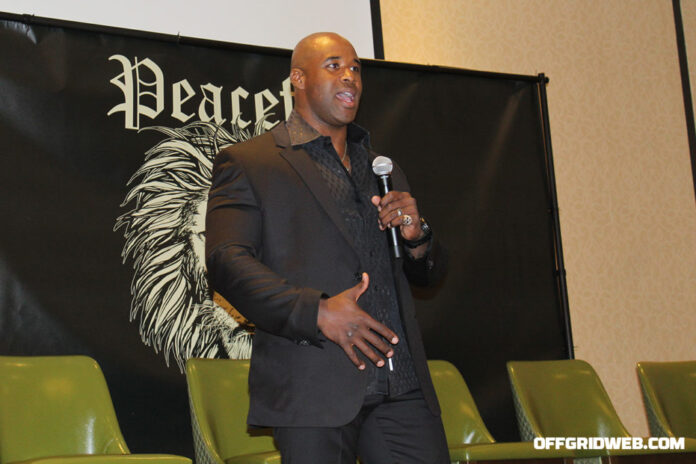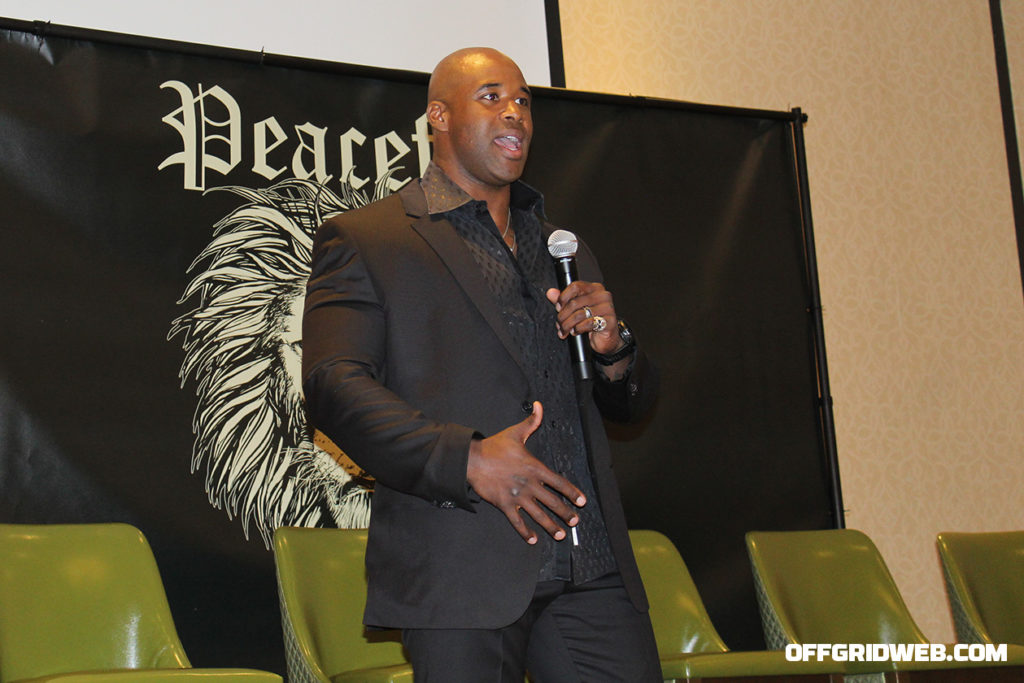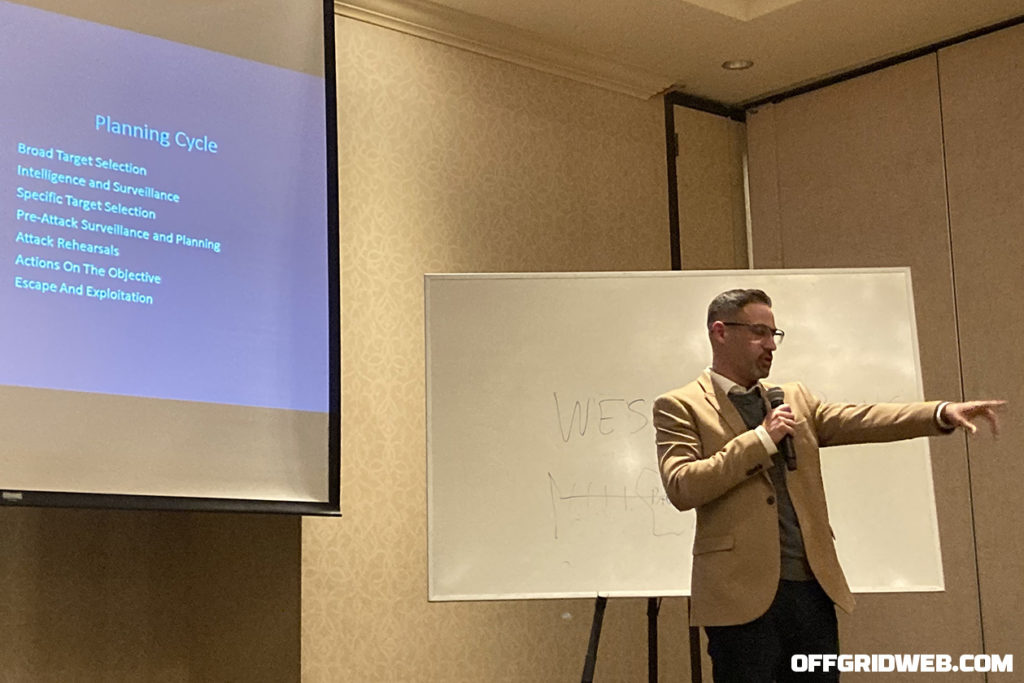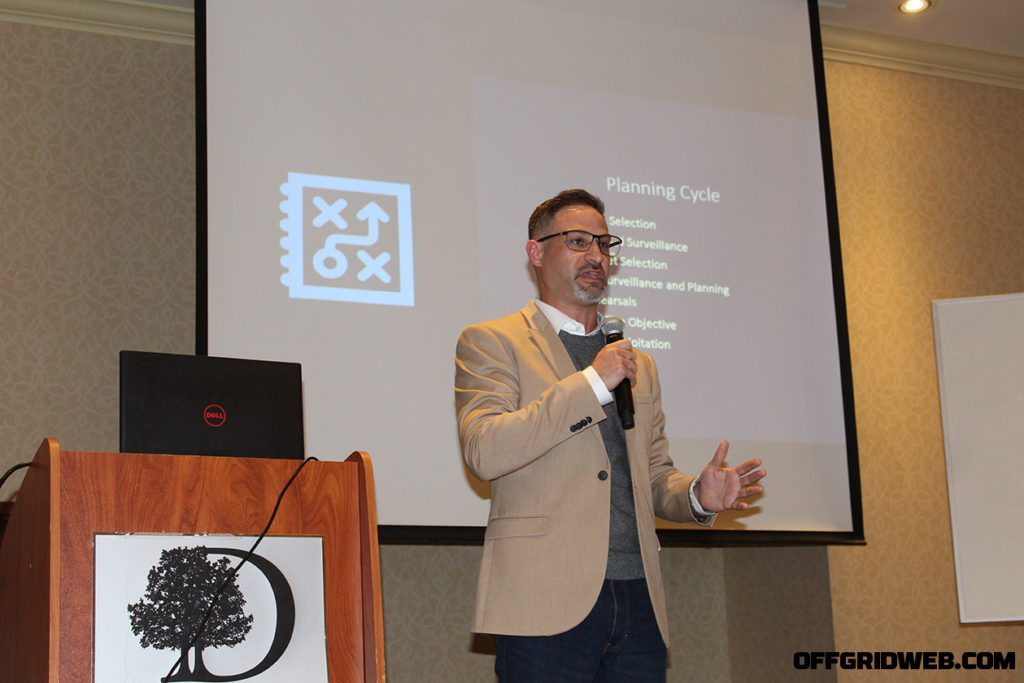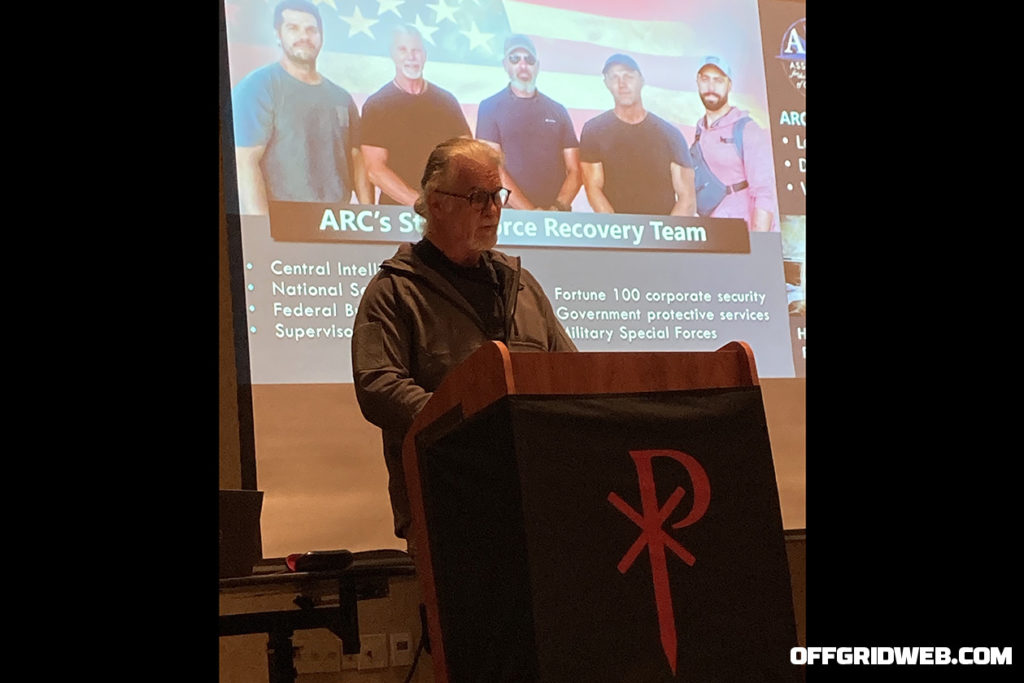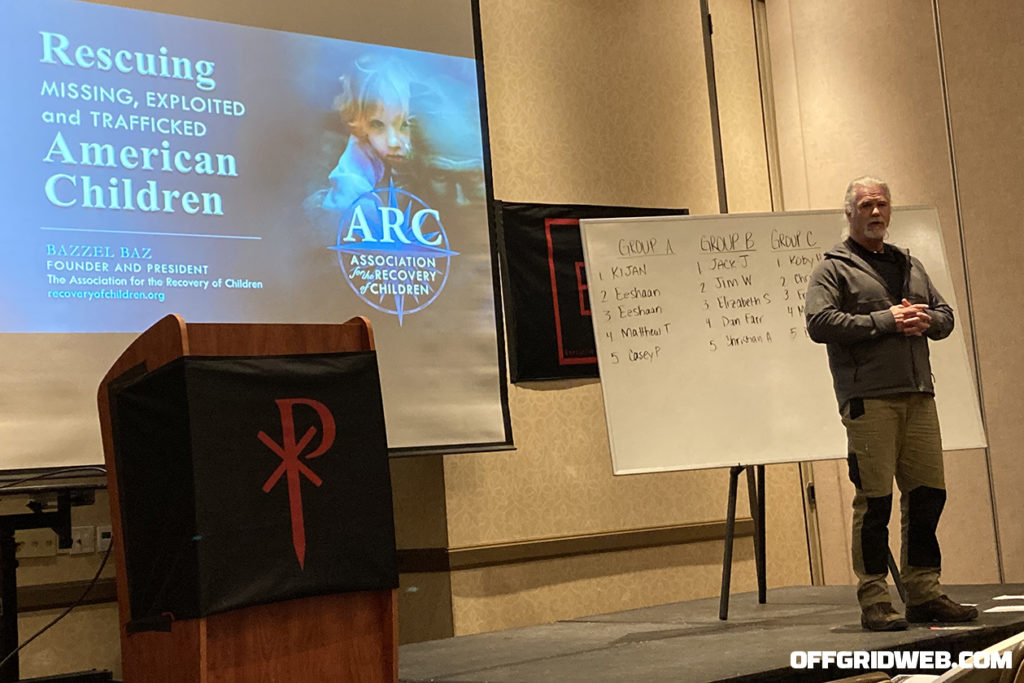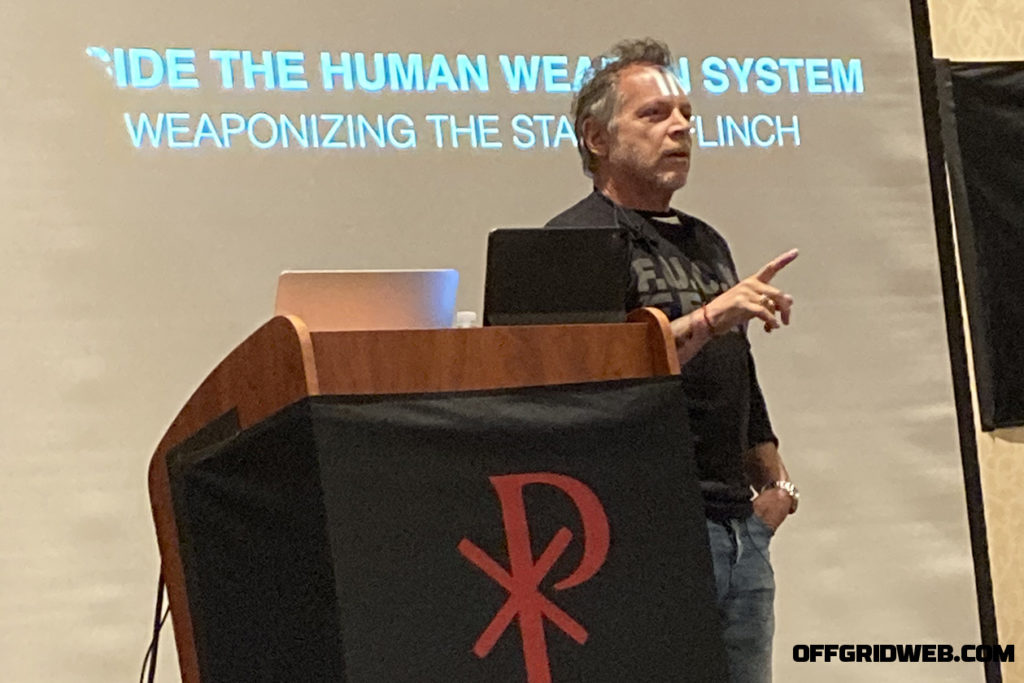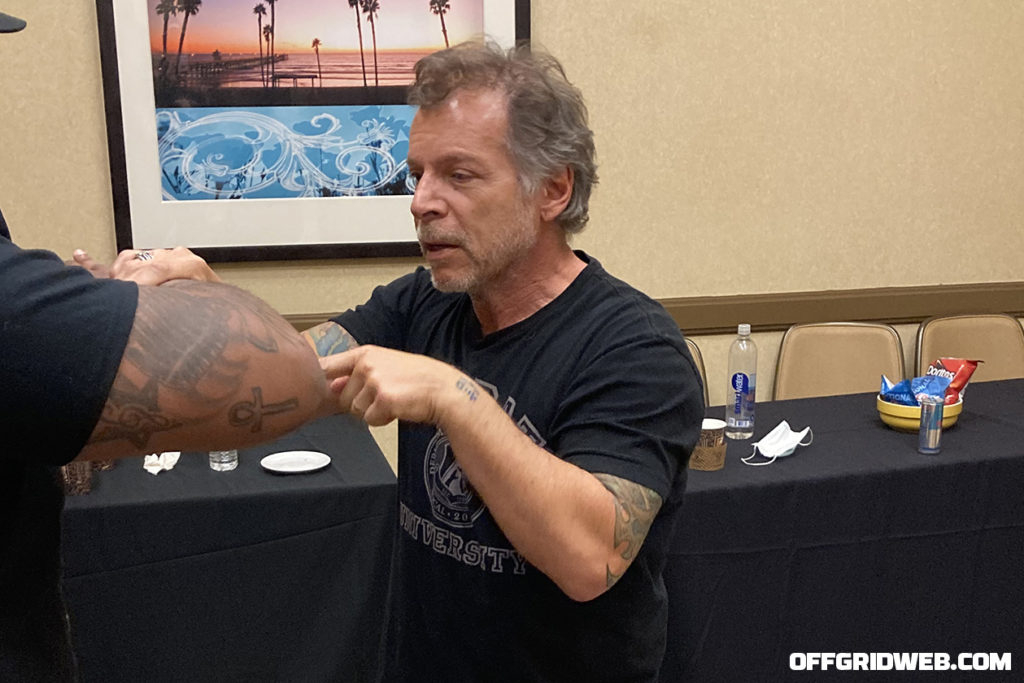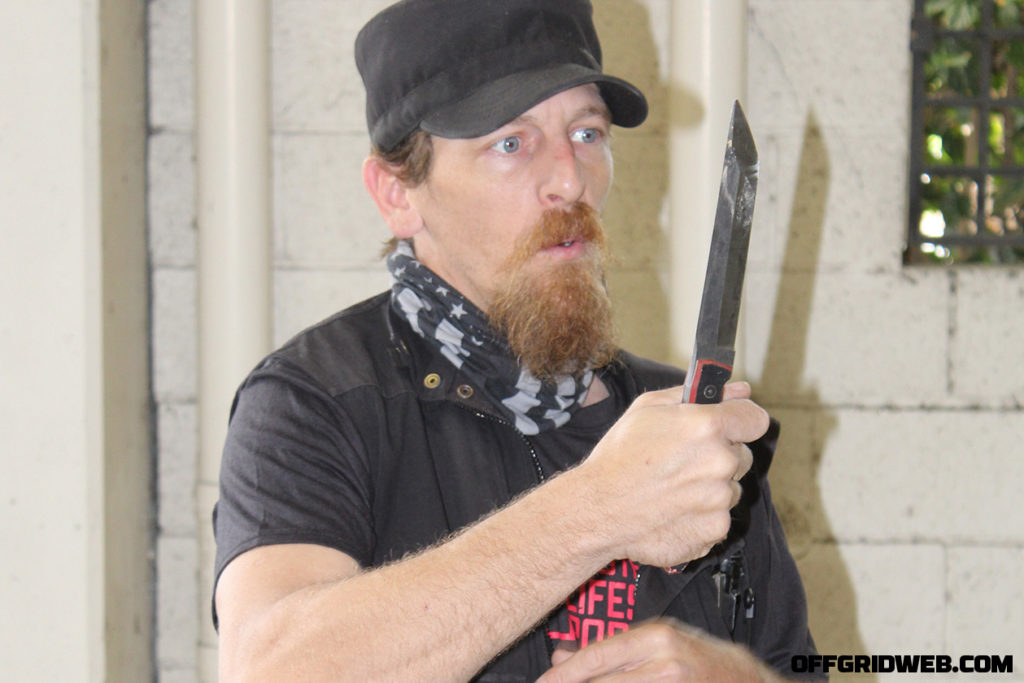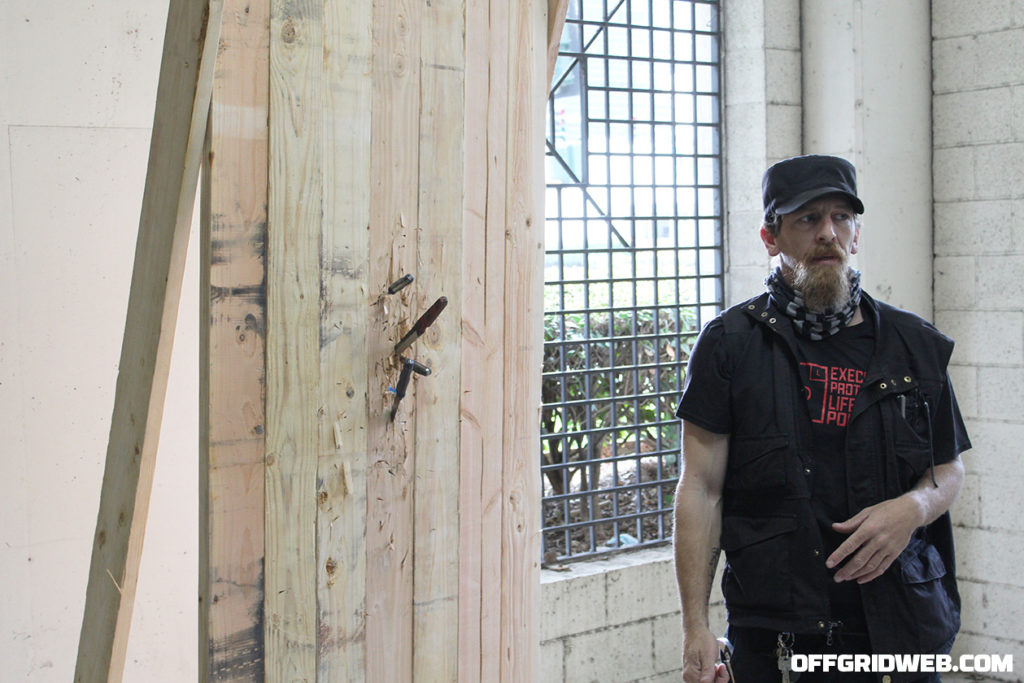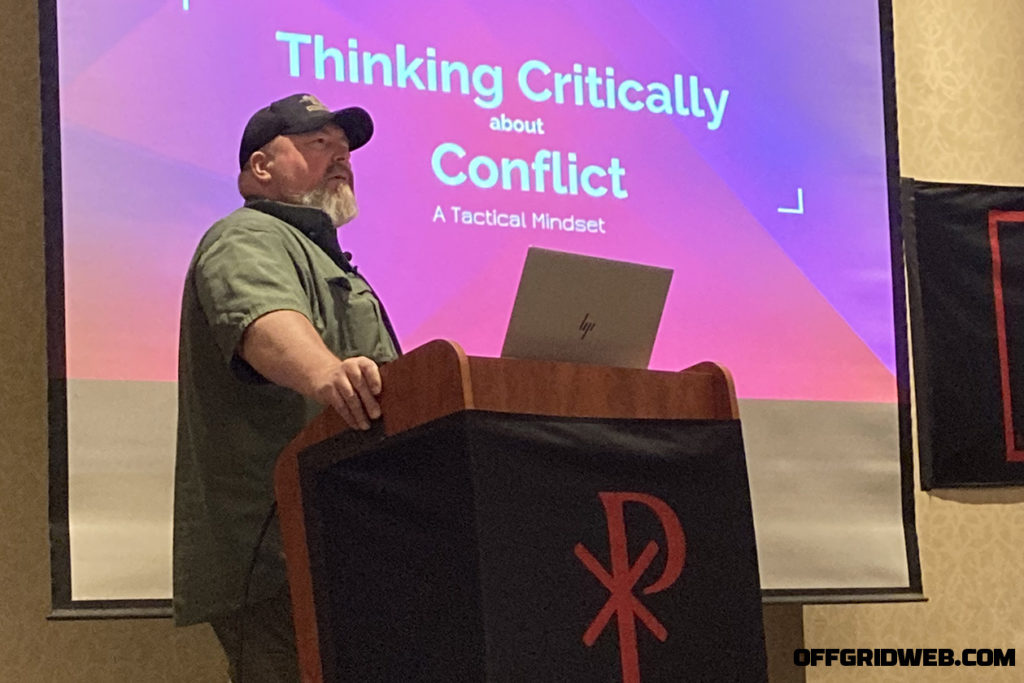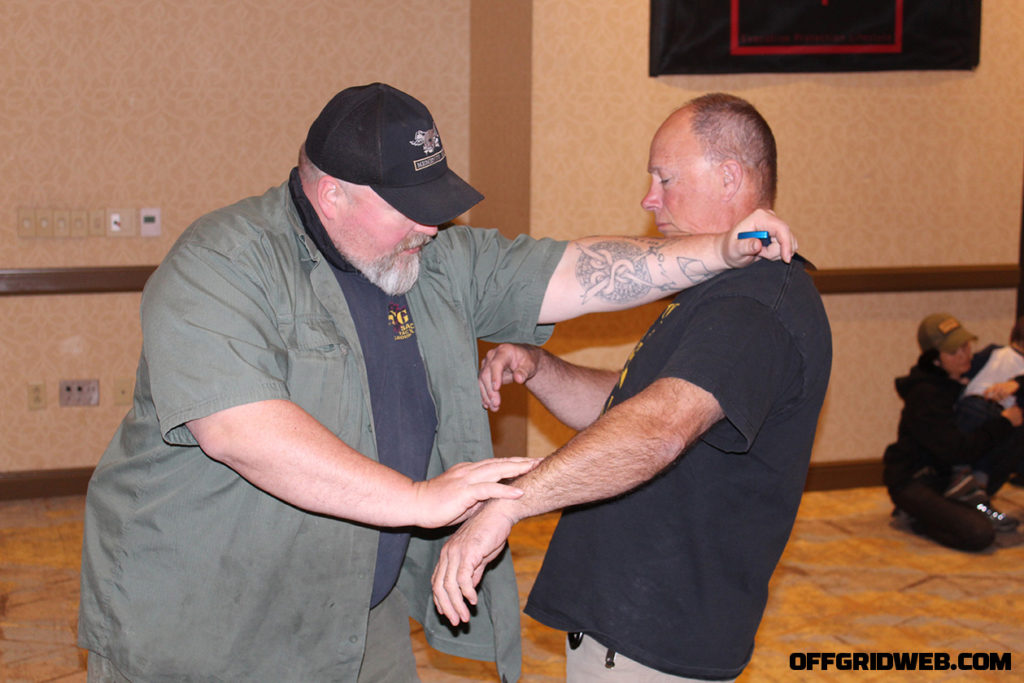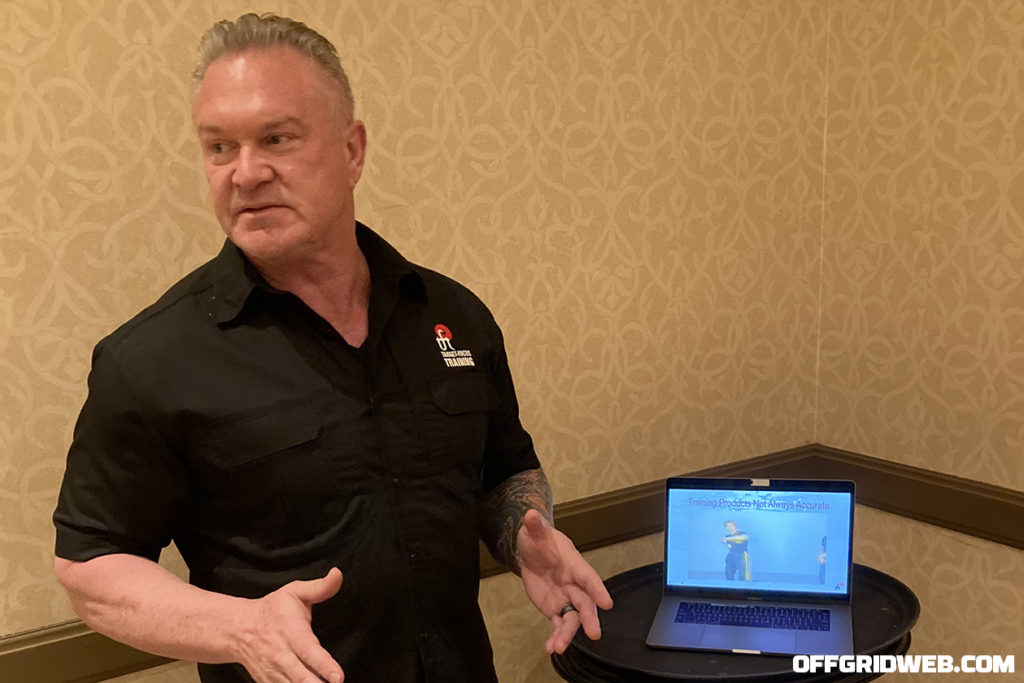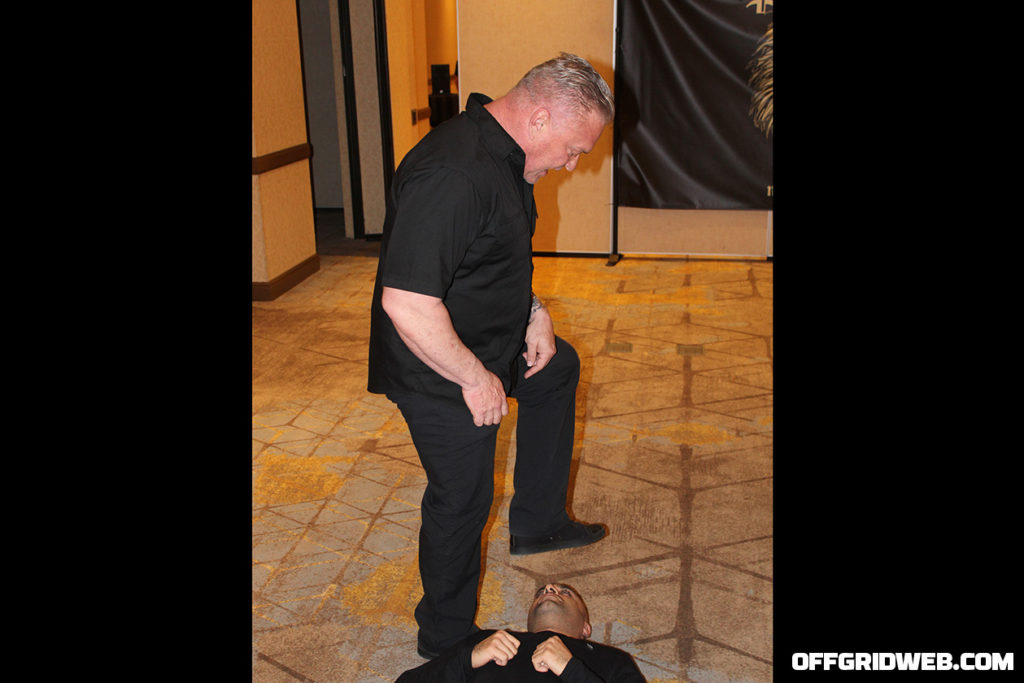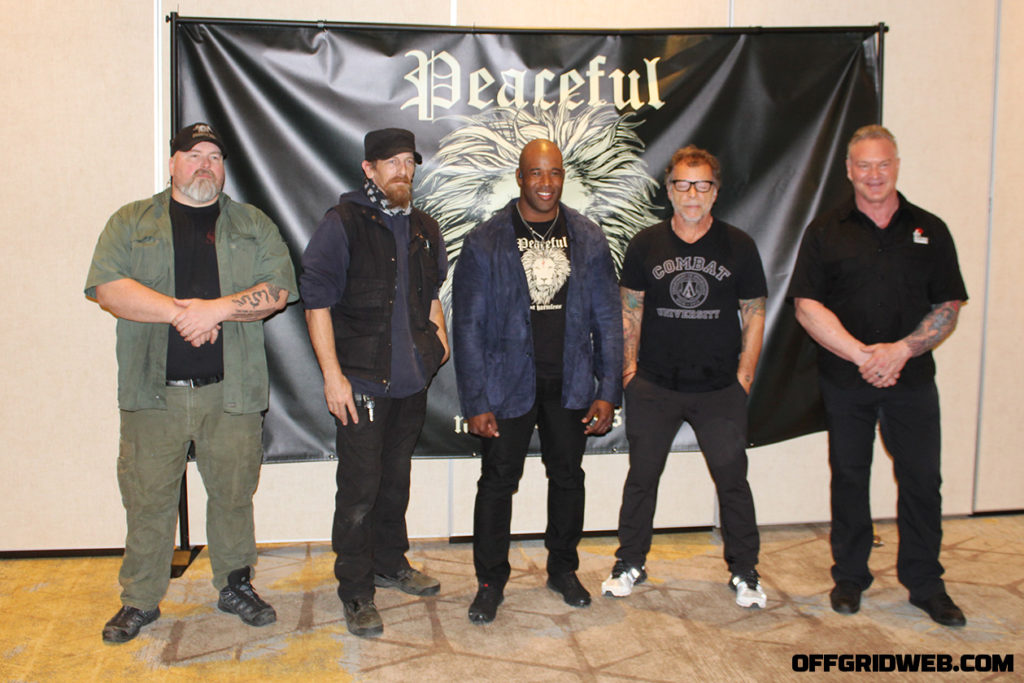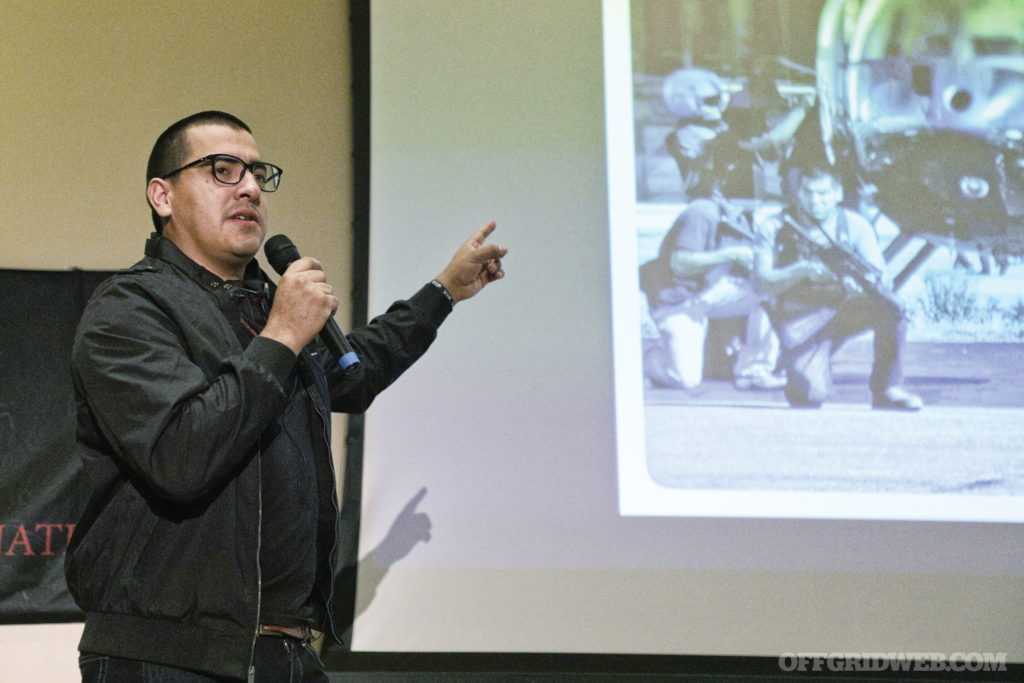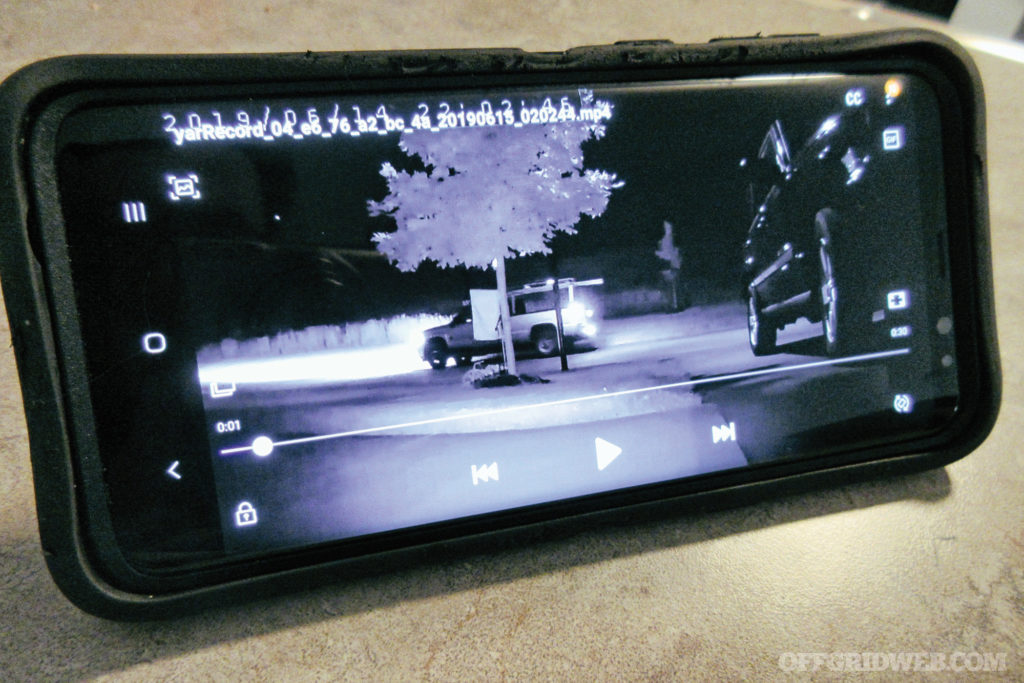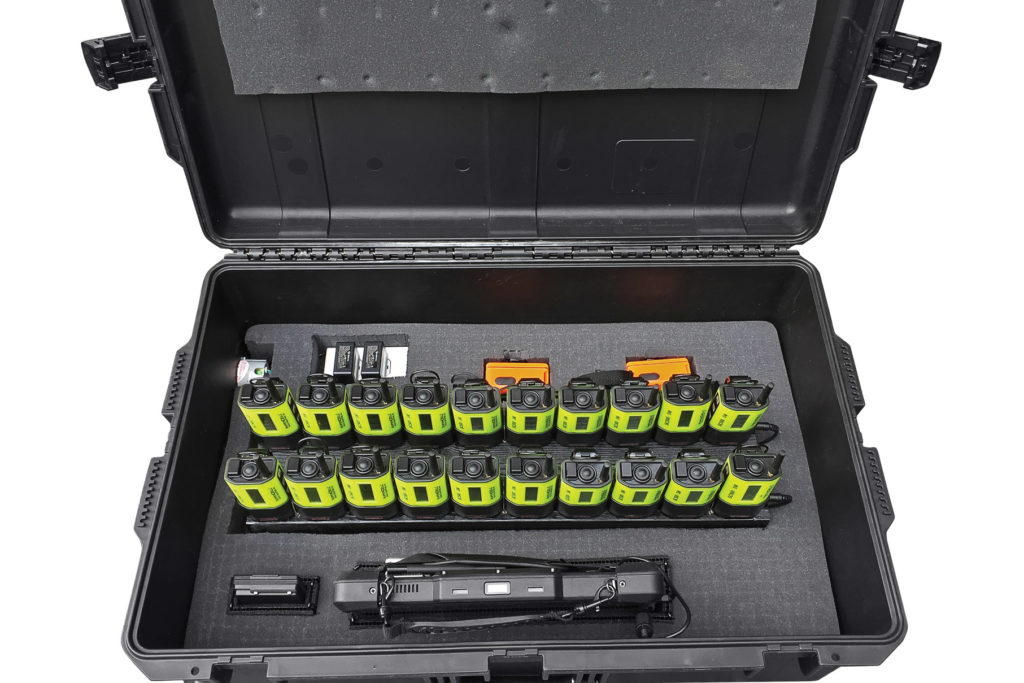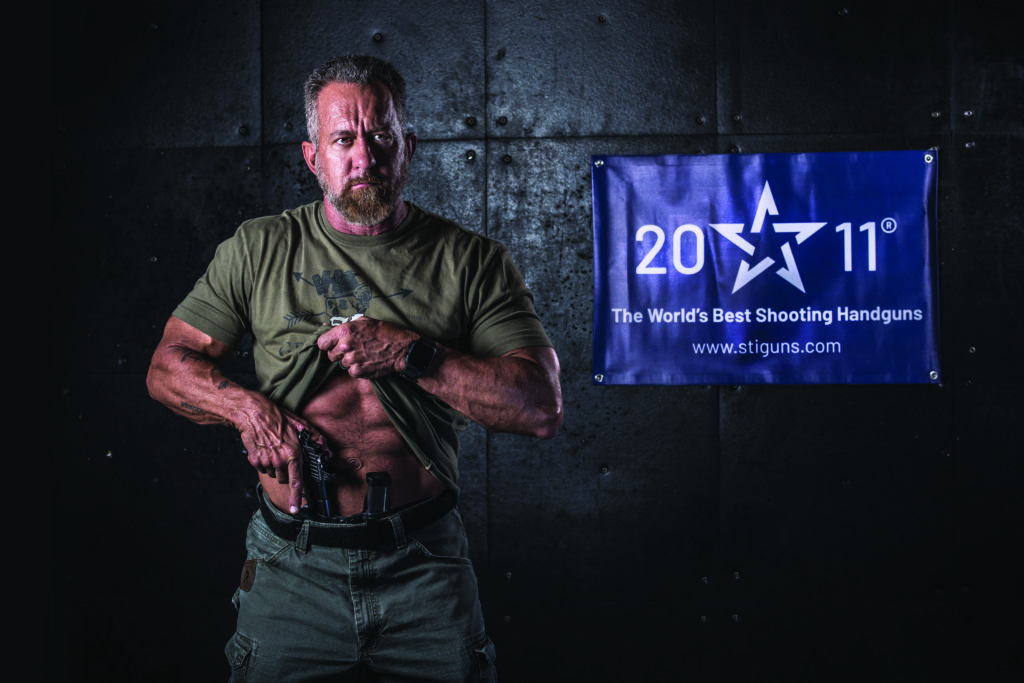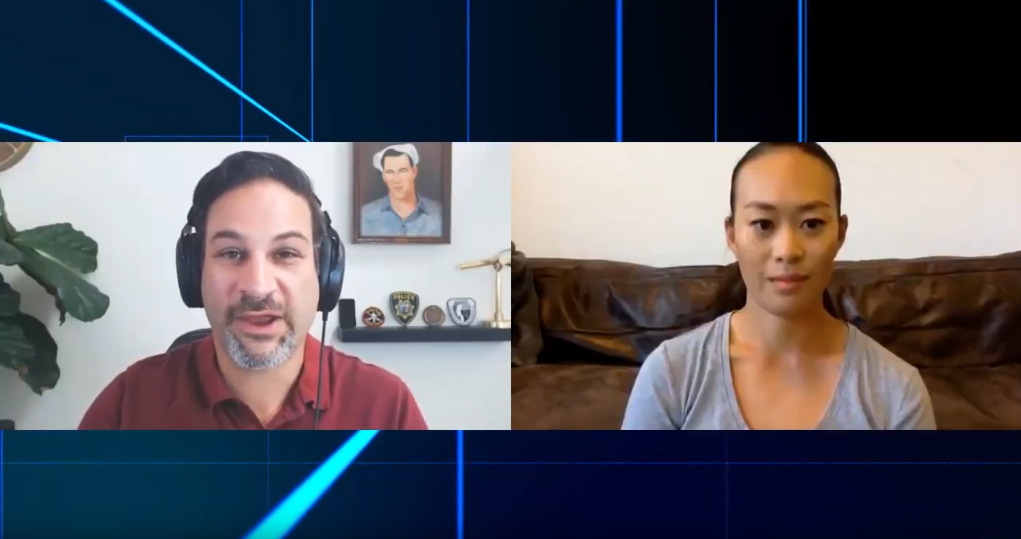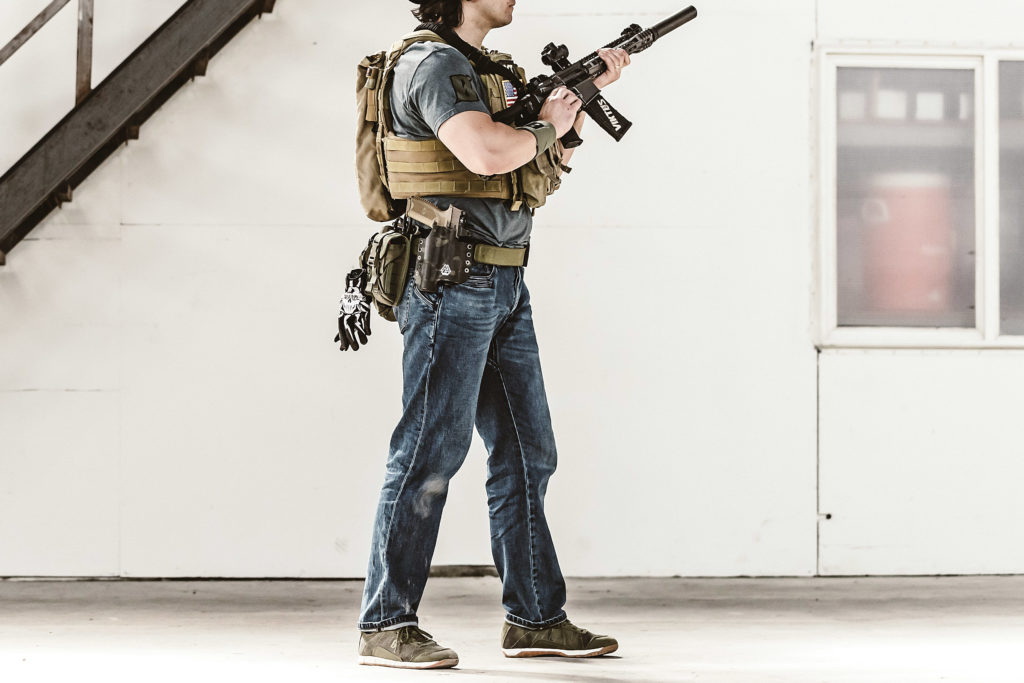In previous issues, we had a chance to attend and evaluate Byron Rodgers’ Protector Symposiums 1.0 and 2.0. What we walked away with was nothing short of thinking to ourselves, why didn’t anyone put together an event like this sooner? If you haven’t read up on the inaugural and second event, be sure to do so. What it consists of is top self-defense trainers of various backgrounds providing both a lecture portion on their approach as well as a hands-on portion to familiarize yourself with their techniques and school of thought. There’s a lot of material to digest over the course of a few days, but for anyone who wants to up their fight IQ and learn a bit more about recognizing and protecting themselves against threats, this is an event you don’t want to miss.
Protector Symposium 3.0 brought together some instructors from previous symposiums as well as a few not often available to the public. What we walked away with was a well-rounded cross-section of disciplines. The points discussed and demonstrated are both cerebral and tactile. Here we’ll give you a taste of what we got to experience, prefacing it by saying self-defense is everyone’s responsibility to undertake. With the rise in random acts of violence in our communities, why wouldn’t you want to enroll in an event like this? If you’re in the market to learn from individuals who have credentials well respected by their peers, think about attending one of these symposiums when you get a chance.
MC Byron Rodgers, the man behind the Protector Symposium, lays out the schedule for the weekend.
Yousef Badou
Astute readers of OFFGRID may recognize Yousef from our profile of him in Issue 37. Having taught the Marine Corps Combat Hunter Program, Yousef’s stock in trade is behavioral profiling and teaching. A book that underscores much of his philosophy, Left of Bang, delves into the theory that there is a timeline that precedes an event and follows an event — the event itself is the proverbial “bang,” if you will. The pre-event indicators on that timeline are what precede the event (left of bang), everything on the right is the reaction that follows the event (right of bang). In order to thwart or escape from danger, you need to identify the event precursors. Yousef’s portion was strictly lecture-focused. He began by showing the audience a scene from the 2007 film, The Kingdom and deconstructed the preliminary efforts terrorists and killers use when researching a target as well as dissected the elements of the planning cycle.
The big takeaways from his portion of the symposium were to recognize that there’s a chain of events to all violence that can be observable; a whole other side of the coin you can witness before the gun comes out. One must have emotional intelligence to queue you off to people around you. Reading the crowd and developing internal awareness is key to threat recognition. What can you do to spot the problem before it evolves? When Apache Indians would pick their trackers, they’d pick kids 12 years old or under because of their curiosity and ability to get down on their knees to get dirty. Don’t lose that curiosity. Spot the anomalies before you get to bang.
Bazzel Baz
In Issue 39 of OFFGRID, we did a detailed overview on the underworld of human trafficking. One of the subject matter experts we spoke with for that feature was Bazzel Baz — a former U.S. Marine Corps captain with a background in counter-terrorism and former CIA special operations officer. Bazzel also participated in our RecoilTV panel discussion on the topic. He heads up The Association for the Recovery of Children (ARC), which specializes in operations to rescue children from trafficking. Some may also recognize him from his acting work on the TV show, The Blacklist. Baz’s lecture focused leacture-driven presentation discussed operations he’s been on to recover children abroad and domestically who’ve been kidnapped by traffickers. His recounting of these events sent a palpable shockwave through the audience — you could hear a pin drop during his discussion. His gravitas resembles few lecturers we’ve ever seen.
He reported that some 421,000 children went missing in 2019 and also highlighted that this is indeed a national security threat. If traffickers can kidnap and transport that many children undetected, imagine what else can they traffic. His discussion also revealed some of the various industries and even government agencies they’ve discovered have individuals involved in the trafficking operations. Takeaways? Know your client and who his/her enemies are. Navigating fault lines is critical to mission accomplishment. Your team is only as good as the people who are part of it. And most importantly, if you were a child, wouldn’t you want to know someone was coming to save you? ARC does offer training for those who are serious about becoming involved in anti-trafficking efforts. Visit the site below to learn more.
Tony Blauer
Having taught martial arts for decades, and developed a system that’s equal parts biomechanics, neuroscience, and physiology, Tony Blauer has been a fixture in the series since its inaugural event and has returned for Protector Symposium 3.0. A pivotal moment happened in Tony’s early days as an instructor. A student of Tony’s got his ass kicked in 1980 by someone at school and relayed to Tony that his training hadn’t been effective. After describing what happened, Tony realized he needed to change his game. He recognized that the body has a natural reaction to defend against danger. Think about how you’ve reacted when walking into a spiderweb, as a passenger in a car when the driver slams on the brakes, or when you see an object out of the corner of your eye flying toward you. As part of that startle flinch, you throw your hands up to protect yourself, right? Your body automatically flinches when it perceives danger. Tony has developed a way to convert that instinctive movement with a self-defense posture called the “Spear System.” His defense posture of fingers splayed and arms out in front of you at 90 degrees is honed into a defense mechanism to be a bridge to your next move.
Before getting into his hands-on portion, Tony explained the philosophy behind what he developed and why. “Instincts, intuition, intelligence need to work together,” he says. Tony’s training is a way of taking what your body will automatically do in a dangerous situation and weaponizing it. He also pointed out how in many violent encounters we see videos of, in most cases we don’t recognize some superior martial arts training that helped the victor prevail. What we see is chaos and it’s important not to get something that isn’t evidence-based training or you’ll get really good at the wrong thing. Many rehearsals and techniques don’t happen the way it goes down in the real world. The people who manage their fear manage to fight. Situational awareness often gets overridden by cognitive dissonance. Physiology doesn’t care what martial art you study. It’s important to understand how to develop that reactionary response into a weapon.
Jason Johnson
Jason is a new addition to Protector Symposium 3.0 as one recognized for his skills as an accomplished knife thrower and knife maker. In fact, Clint Emerson included him in his training in his new book, 100 Deadly Skills: Combat Edition. Jason’s lecture segment also included demos of his techniques to use the knife as a defensive projectile that can buy you some time to fight to cover, concealment, or your next weapon. Let’s face it, no one wants to go one on one in a knife fight. It’s going to get messy really quick. If you can use the knife as a force multiplier to bridge the gap between you and an assailant to buy you some precious seconds to escape or retrieve another weapon, it makes sense to become savvy about effective throwing techniques.
The meat and potatoes of Jason’s portion of Protector Symposium 3.0 was the tactile aspect of learning what it feels like to properly throw a knife. As Jason puts it, you’re projecting a cut. As class members were shown how to properly throw a knife and how that changed depending on the distance to the target, there wasn’t one student who wasn’t impressed by the kinetic energy that can be achieved by landing an effective knife strike. The range to do this is essentially anything inside 10 feet. It’s a primitive form of self-defense that follows the same principles as throwing a tomahawk on the battlefield. If you can use this method to intercept an attack and that could potentially mean the difference between life and death, this is one more skill to add to your self-defense quiver.
Tom Kier
Tom Kier is another new addition to Protector Symposium 3.0 who isn’t typically available to the public, but has a background training military, government, and law enforcement. His edged-weapons expertise is highly regarded in these circles. As a practitioner of Sayoc Kali and having dealt with many confrontations as a bouncer in Philadelphia, Kier has certainly been validated by decades of experience. He explained the need to understand three critical elements inherent to violence:
Force – The ability to affect the opposition (firepower, manpower, political pressure).
Space – The ability to control an area or move through it (mobility, access, and range).
Time – controlling the initiative, who is going first and who is responding, feeder (someone controlling the events, taking and maintaining control) versus receiver.
His explanation underscored the importance of controlling at least two of the aforementioned elements. Winning occurs when you capture the third element. Each element allows for exploitation of another. Tom’s hands on portion of the course involved explaining different striking and counterstrike techniques, knife types and materials, effective striking zones. Key takeaways were studying conflict and how it works; identifying the force, space, and time components in your life; assessing your readiness; and understanding your willingness. Know how the mind of an active killer works. If you know the other teams move, you can counter and use it against them. We overheard a black belt in Brazilian Jiu Jitsu taking the hands-on portion of Tom’s instruction say, “I’ve learned enough from this to know I need to learn more.” We think that speaks for itself.
Tim Larkin
Rounding out the Protector Symposium 3.0 trainers is Tim Larkin, a former military intelligence officer and author of numerous books on combatives. Tim’s philosophy is simple: when violence is the answer, it’s the only answer. His coursework is about the justified use of lethal force. His lecture portion included prison examples of fights and interviews in the prison system to underscore how violence is the currency of the correctional system. “Inmates live in a Petri dish of asocial violence. Power is derived from the successful use of violence as a tool.” His fight prescription of getting to know your enemy is crucial to survival. “Alpha predators look for similarities among victims, not the differences.”
His hands-on course was both a combination of video examples of violent attacks as well as coaching students on landing strikes effectively in places that can incapacitate the assailant. “When you look at violence, there is nothing to be learned from the victim’s perspective. There’s no such thing as self-defense, it’s violence you need to learn now to use. You need to look at violence encounters agnostically and ask where it changed in the other person’s favor — that’s useful information,” he says. Why should the predators have all the intel on how to effectively attack and subdue someone? Tim’s approach is to get the fundamentals down, earn speed, and inoculate yourself against defensive reactions. Echoing Tom Kier’s sentiment, Tim also recommends not to become efficient at the wrong things. Effectiveness is doing the right things, efficiency is a luxury in training, but doing the right things the right way.
Byron Rodgers is taking this show on the road, so check out www.protectorsymposium.com for information on upcoming events.
Related Posts
The post Protector Symposium 3.0 appeared first on RECOIL OFFGRID.


